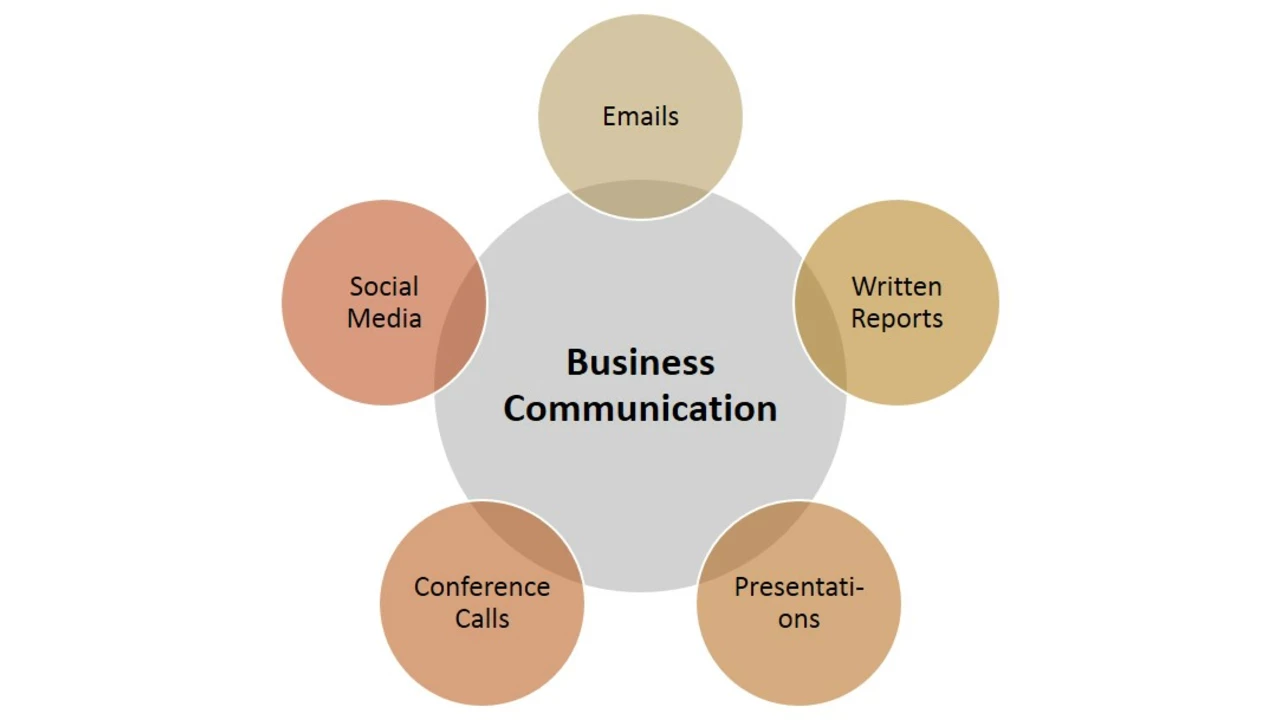When you say “economic role,” think simple: who makes money here, who spends it, and what helps that happen. In Delhi that could mean a busy market in South Extension, a call center in Noida, a telecom tower in West Delhi, or a tourist spot near the Yamuna. Each place and service has a clear job in the city’s money flow.
People often focus on big numbers, but the real action happens at street level. A cluster of small shops creates jobs, keeps foot traffic high, and supports delivery drivers and street vendors. Offices bring daily commuters who spend on food, transport, and local shops. Even complaints—about water quality, police conduct, or airport access—affect business decisions and investment.
Look at neighborhoods: some areas are wealthy and attract high-end retail and real estate. Others offer affordable rents that help startups and small manufacturers grow. Good mobile and internet coverage—yes, even whether Idea or Vodafone works in your area—directly affects freelancers and small firms. Reliable water and power keep factories and restaurants running. Safe streets and fair policing make customers feel comfortable visiting markets and malls.
Transport links matter too. Places inside Delhi-NCR with quick access to highways, metro lines, or major bus routes draw more businesses. That’s why cities like Gurgaon, Noida, and parts of West Delhi get more corporate offices and tech parks. The mix of residents, offices and transport sets the local economic role: are you a shopping hub, an industrial belt, or a commuter town?
If you run a small business, focus on local needs first. Offer things people need every day and make it easy to buy—online payments, quick delivery, clear opening hours. If you’re a resident or community leader, push for better street lighting, cleaner water, and clear public transport info. Those fixes aren’t glamorous but they boost footfall and safety, and businesses notice.
Policymakers should map what each neighborhood already does well and build on it. Encourage small manufacturing where rents are low, preserve retail streets where foot traffic exists, and boost tourism spots with better signage and clean public toilets. Simple moves—fixing a stretch of road, improving public transport to a market, or speeding up business permits—create immediate economic benefits.
Finally, think inclusive. Accessibility at airports and public places matters for people with disabilities and for tourism. When everyone can move around easily, more people spend money locally. Small, practical upgrades add up: safer streets, reliable utilities, and good connectivity turn neighborhoods into engines of jobs and growth.
Want to know more about how a specific area in Delhi contributes economically? Look at local markets, commuting patterns, and which services are missing. That’s how you spot real opportunities, not just fancy ideas.

Delhi is a city of immense importance, not just to me but to the world. It's the heart of India, serving as its political capital and a major hub for commerce, culture, and education. Its rich history, reflected in numerous historical sites, tells the story of a civilization that dates back thousands of years. The city's vibrant culinary scene, diverse population, and thriving art and literature landscapes make it a melting pot of cultures. Delhi's significance also lies in its strategic location, making it a gateway to the rest of India.